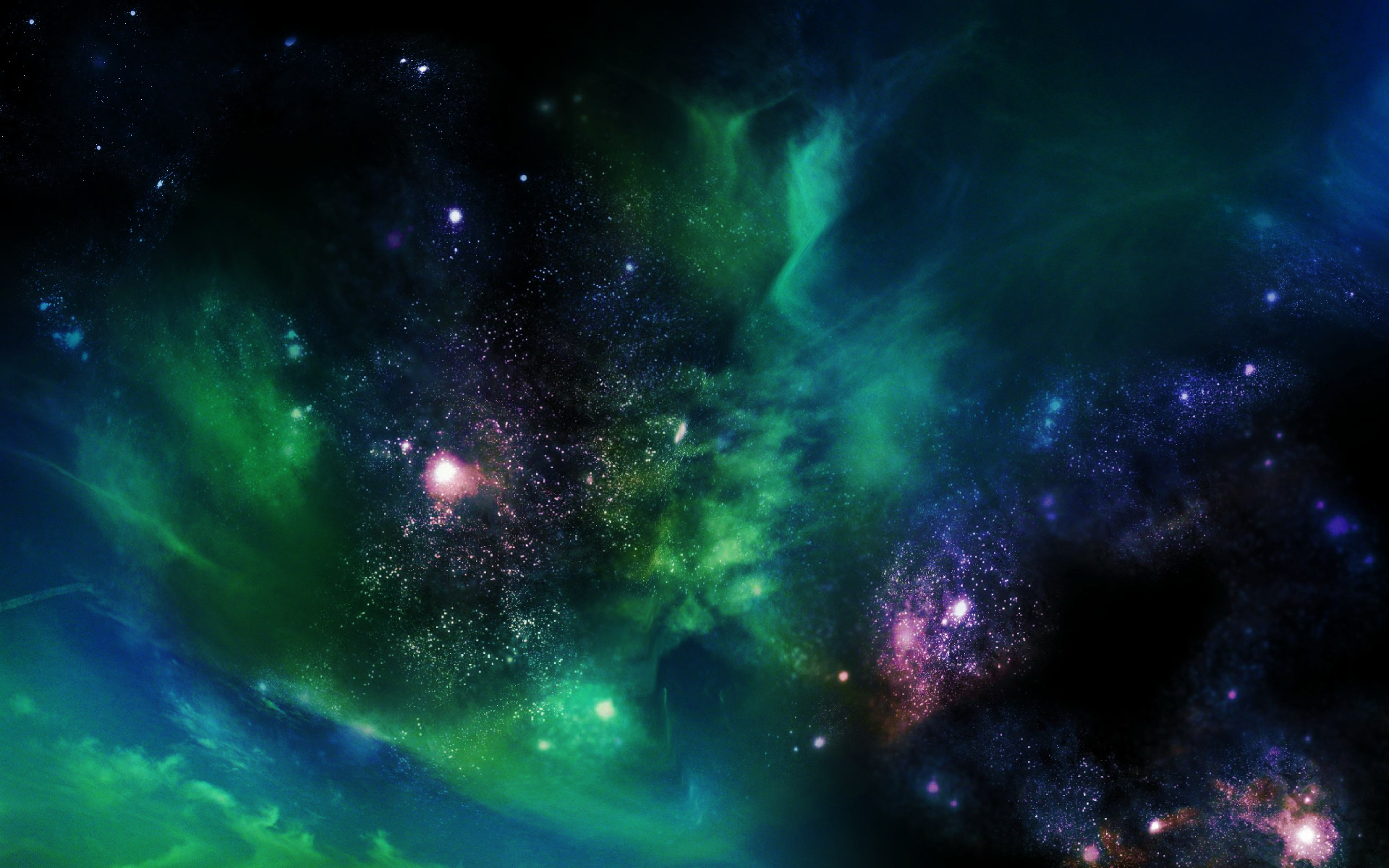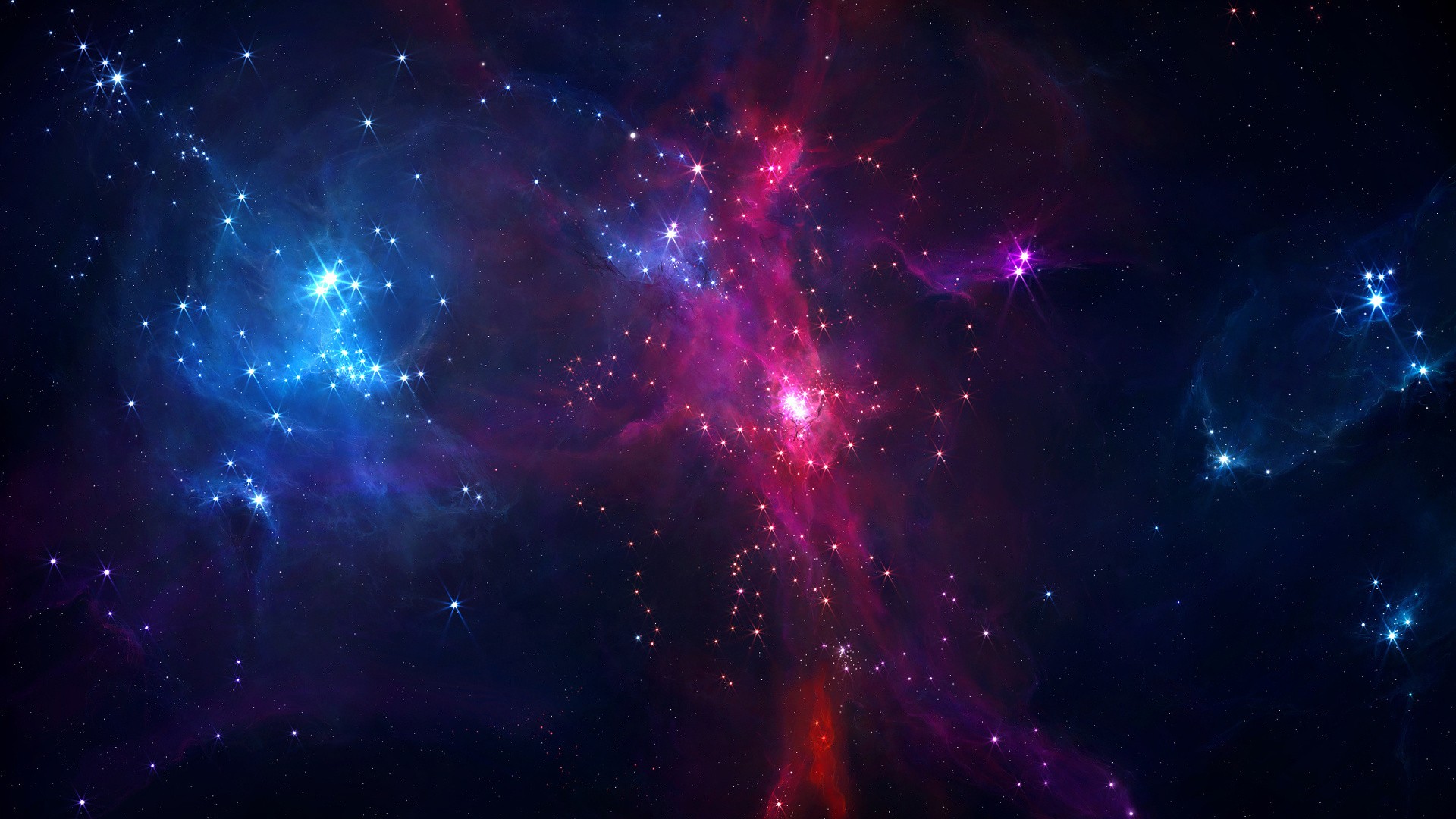
The international research team found that magnetic field reversals could happen much more rapidly than the thousands of years previously thought to be needed.

International team of scientists have discovered the unusual evolution of the central star of a planetary nebula in our Milky Way. This extraordinary discovery sheds light on the ultimate fate of the sun.

The US space agency launches a probe that aims to travel closer to the Sun than ever before.

This summer, humanity embarks on its first mission to touch the Sun: A spacecraft will be launched into the Sun's outer atmosphere.

This summer, NASA will launch the Parker Solar Probe, an impressively heat-resistant spacecraft destined to glide closer to the surface of the Sun than any spacecraft before it.
As our sun gets older, it's losing mass, and so its gravitational pull becomes weaker. As a result, the orbits of all the planets in our solar system are expanding.

A team of scientists from US scientists have proposed a bold idea for protecting Earth against solar flare activity - placing a giant magnetic shield in orbit.
The sun is nearing a low-activity point of its solar cycle, but researchers at NASA are detecting large solar flares leaving the celestial body.

Did our sun have a twin when it was born 4.5 billion years ago? Almost certainly yes -- though not an identical twin.

NASA will send the Parker Solar Probe to the sun in 2018. The landmark mission “will revolutionize our understanding of the sun.”

While orbiting the sun, NASA's STEREO-A spacecraft has taken a look back at Earth, to also find Mars and Pluto in shot.

Physicists have now provided the first major results of NASA's Magnetospheric Multiscale (MMS) mission, including an unprecedented look at the interaction between the magnetic fields of Earth and the sun.

The Sun is capable of producing monstrous eruptions or "superflares" that can not only break down radio communication and power supplies, but also affect the Earth's ability to support life.

Physicists have firmed up a theoretical limit on the mass of a black hole by figuring out when it will disrupt the disc that feeds it.

Lasers could heat materials to temperatures hotter than the centre of the Sun in only 20 quadrillionths of a second, according to new research.